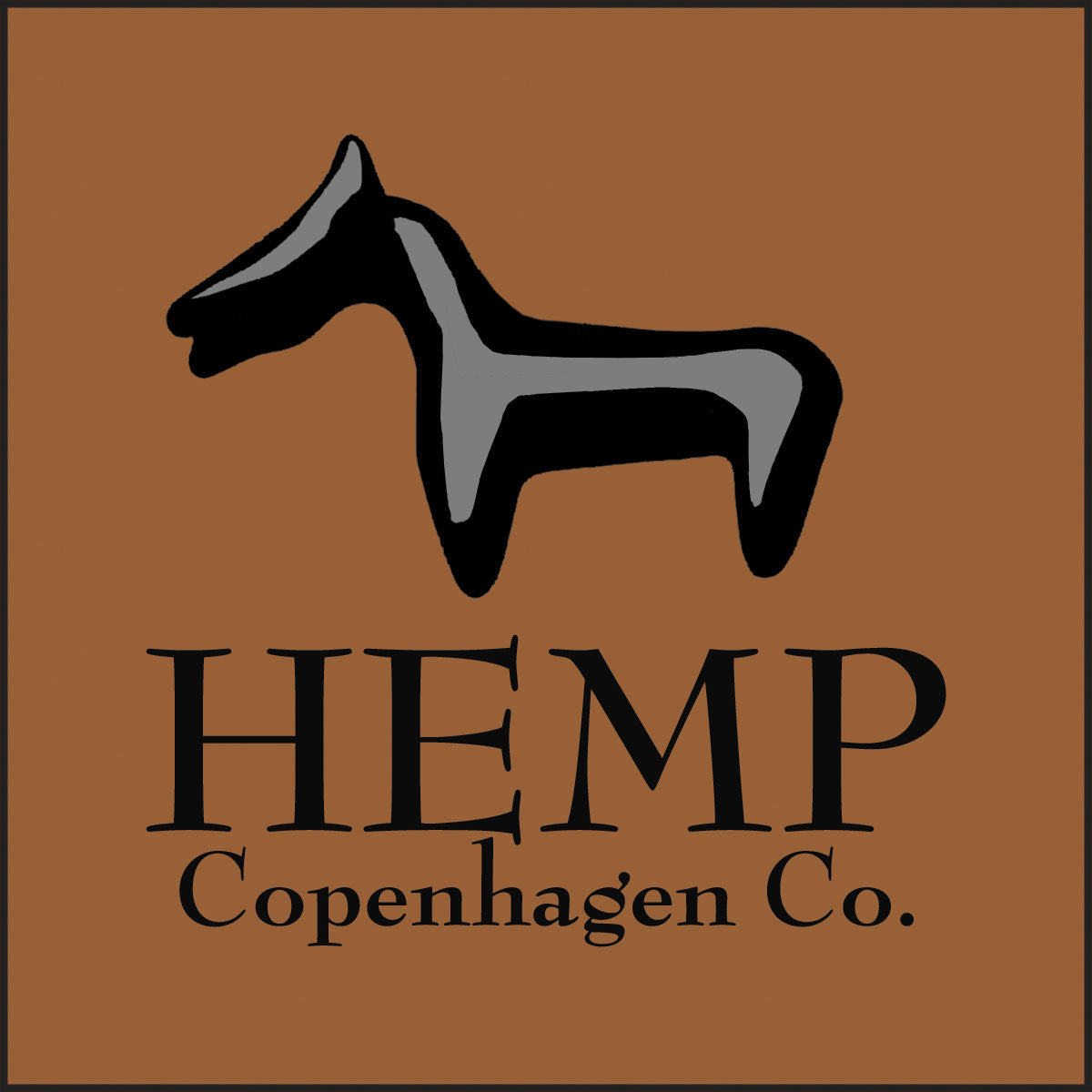Sustainability
All sustainability issues or UN Goals for Sustainable Development will not be solved, if you buy hemp textile. One thing is sure, however, significant improvements on environmental sustainability can be achieved – and documented.
Here are our comments related to those UN Goals, where hemp textile can have a direct or indirect impact:
1. ZERO POVERTY: Replacing conventional textiles with hemp will mean fewer harmful chemicals in farming, leading to more and better drinking water, reducing diseases and increasing ability to work and improve local communities.
2. ZERO HUNGER: Growing more hemp means 60% less use of land and 90-100% less use of water per kg fiber, leading to increased ability to grow food.
3. GOOD HEALTH: Replacing conventional textile farming with hemp means less use of chemicals in farming, which pollutesrivers and groundwaters, thereby and help improving the quality of drinking water and human health.
6. CLEAN WATER: Replacing conventional-textile farming with hemp will mean less use of chemicals, polluting less water.
11. SUSTAINABLE CITIES & COMMUNITIES: Growing 1 kg hemp fibre and 10 kg food instead of only 1 kg of conventional textile fibre on the same amount of land will make communities more sustainable, environmentally and economically – and help reduce poverty.
12. RESPONSIBLE CONSUMPTION & PRODUCTION: Hemp lasts around 3 times longer than most conventional textiles (exceptions are silk and wool). This can mean less textile consumption, overall. And less consumption is more responsible consumption! Producing hemp vs conventional textiles reduces the use of land, water significantly, and chemicals are reduced to virtually zero. (See table below). In our mind, it does not get much more responsible than that!
13. CLIMATE ACTION: If you buy more hemp textile instead of conventional textiles, you are definitely making your personal contribution to Climate Action!

A Hemp field absorbs 22-44 tonnes of CO2 per hectare (at one or two crops a year) or 3,7 kg CO2 per kg fibre produced. Cotton only absorbs 5 tonnes CO2 per hectare, or 1,7 kg CO2 per kg fibre. Hemp requires 1,1 m2 land per kg fibre, cotton 3,4 m2. Cotton needs about 10.000 litres of water per kg fibre. Average rainfall takes care of 5.000 l, leaving a need for irrigation of 5.000 litres per kg cotton fibre. Hemp only needs about 2.000 litres of water per kg fibre, which, normally, is easily accommodated by natural rainfall.
For you and your conscience, this means if you buy 1 kg of hemp textile products instead of 1 kg of (organic) cotton textile, the planet saves 2,0 kg CO2, 2,2 m2 land (that could be used for food production) and 5.000 liter irrigated water. That is a lot of water you can save, on top of everything else...
From sustainable cultivation to Sustainable Luxury...
Sustainability is a matter of how we use finite resources, recycle, minimise waste and man-made greenhouse gasses, so we improve habitability. It is also a matter of ethics, re: UN's Sustainable Development Goals, science and common sense. Many smart solutions towards a sustainable and even good existence are handed to us by Nature.
How have we incorporated sustainablity in our business and even labeled it "Sustainable Luxury"? Learn more:

